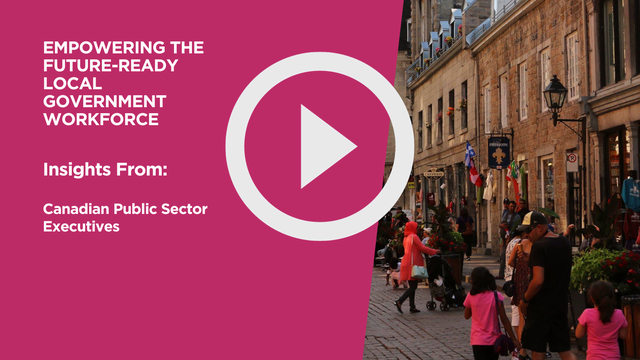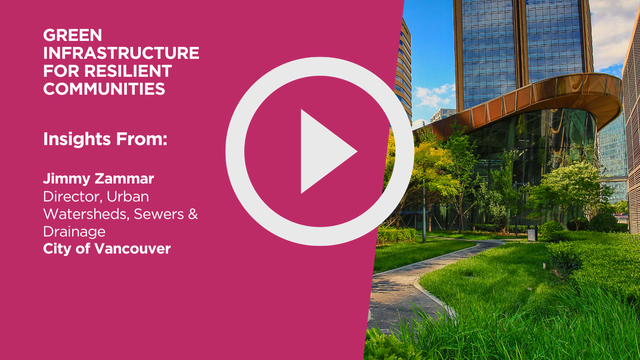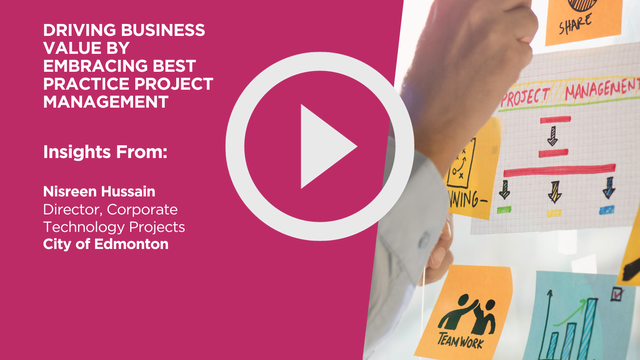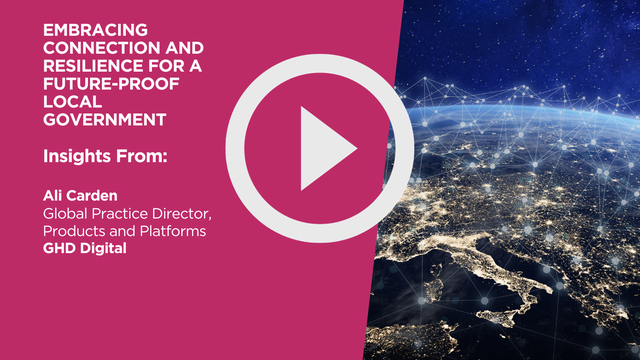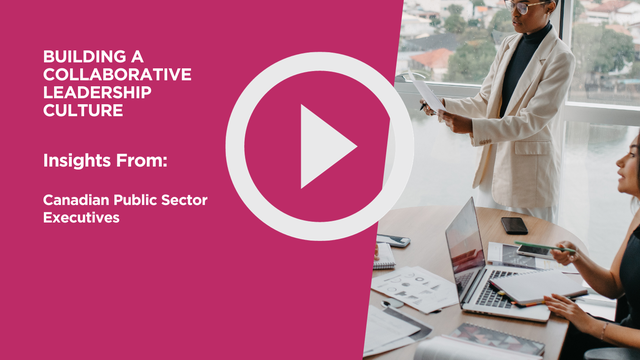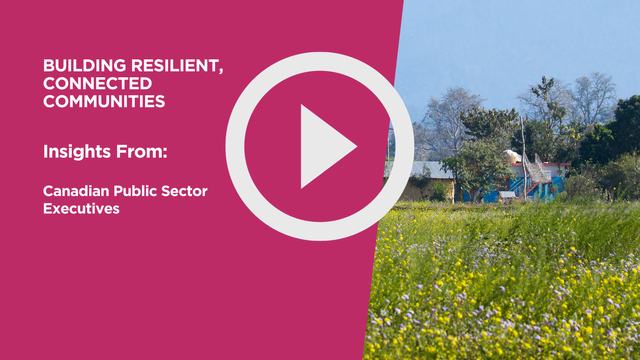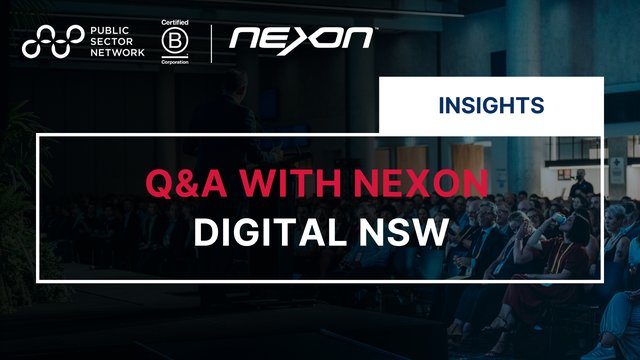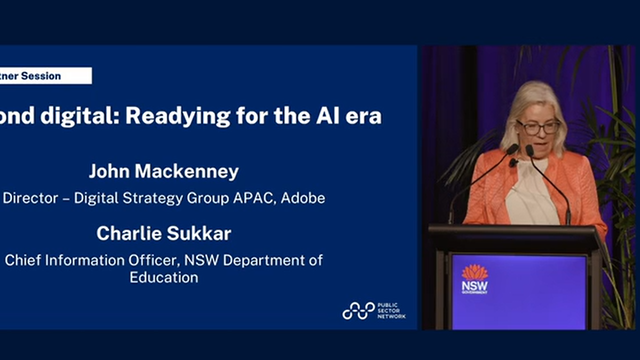
Unlocking Digital Innovation – How to Drive Successful Transformation
The challenges of the last two years have shone a light on some of the broader issues across society. In the local government context, this has included the need for greater collaboration, and better use of existing and new technology. In fact, those councils that have been able to adapt to the barriers that have been placed in front of them by making better use of technology have been able to survive and even thrive during this period. Some councils and local government organizations have even been able to share their knowledge with others and work collaboratively in order to set themselves up for an even greater and more technologically adept future. All of this and more came through in our ‘Local Government Digital Transformation’ seminar, and the following are five of the key take-outs from that event, though of course many of them are interconnected and inter-related:
- Using technology to transform and solve problems
It is not possible these days to remain competitive and proactive without embracing technology. This is as true in the local government context as in any other industry. Wendy Gnenz, CPA, CA, CMC, a Partner at MNP Digital, which is a Canadian firm that works with a number of local government clients particularly in the cyber security and the digital space, says that within local governments across the world, technology has become a critical lifeline to sustain operations. On top of that, data has become a powerful asset that drives decision-making both for councils as well as for the administration of a municipality. If it wasn’t central already, the COVID-19 pandemic has dramatically increased the use of technologies to shift services and operations to a different digital environment.
Yet despite that, data from Gartner in 2020[1] suggests that 80% of government organizations are still at the initial or developing stages of digital maturity. That means that it will still take a while for some organizations to embrace the digital world in the way that most citizens expect. Though at the same time, other stats suggest that 33% of government organizations are feeling increasing urgency to transform. Maybe this urgency to transform comes from the fact that local government services require organizations nowadays to take a much more significant role in addressing complex societal challenges. In other words, municipalities are increasingly involved in more and more services with added challenges. Only councils that have the wherewithal from a technology perspective will be able to address the issues and solve community problems. Even the traditional council services of roads, rates and rubbish are now conducted more effectively and efficiently with the use of technology.
In Ontario, Chris Rickett, BES, MPA, the Director of Municipal and Stakeholder Relations, Valuation and Customer Relations at the Municipal Property Assessment Corporation (MPAC), says that they embraced the modern technologies of the cloud “about six or seven years ago, and as a result of that, when the pandemic hit everybody was already wired and ready to work from home. We therefore could really focus on supporting our municipalities. That support is critical because they look after Ontario’s 444 municipalities by providing property assessments and property valuations for 5.3 million properties across Ontario. In fact, it is often said that we have one of the largest and most complex property databases in the world. The property taxes that the system looks after generates over $30 billion annually to support municipal investments and services. So getting the technology right is very important, and thus about 20 years ago they launched Municipal Connect, which provides information and is really a sophisticated data sharing platform that allows all our partners to have access to the assessment information, allowing them to really understand their assessment base, with various dashboards and tools at an aggregate level, and an opportunity to dig in to property specifics to understand the changes over time.
There are 6,000 user profiles, with 1,500 users each day and we average about 3,000 users a month. However, after some internal changes, a decision was made in 2019 to no longer use an external provider, but to manage the entire system in house. The new vision for the system is to be a dynamic and growing ecosystem that enables the delivery of products and the deeper analysis of data to solve and address local challenges. To get to this point has been a long process.
- Meeting citizens needs
One of the reasons why all levels of government need to embrace technology is because the expectations of citizens of have changed. As Wendy Gnenz says, a key priority for local governments in today’s day is to design services with the citizen in mind. So much so that citizens are now “demanding faster, more digital service delivery. Citizens see that private sector organizations are able to deliver their packages within 24 hours and “expect government to operate in the same way, particularly at the local level.
Sarah Classen, BDes, MBA, the Director of Department Strategy at the City of Edmonton in Alberta agrees, and says that work done within local governments that “focuses on service and innovation will lay the foundation for iterative, innovative work that meets our citizen needs and service expectations. In their case, it was through the creation of a bot or a digital assistant. Across Edmonton, calls to 311 began to spike out of control, especially in the fields of waste and transit after the pandemic hit. It was clear that we had to take pressure off our 311 call center.
So we took a step back and looked at what the business area needed to communicate, how the user experience could be enhanced, and how we could leverage technology to address citizen needs. Sarah Classen, Director, Department Strategy, City of Edmonton
In their case, after some corporate restructures and some work across departments, together with an external vendor, they were able to launch their digital assistant for the benefit of their citizens.
Wendy Gnenz says that citizens’ expectations have become even higher for accessing program services, information and data through user friendly, mobile and convenient tools that they can access easily at their own whim. Whilst Edmonton’s digital assistant isn’t quite that, it certainly fulfilled many criteria.
- The importance of listening to stakeholders
For any project, listening to the requirements of users and stakeholders is critical. In terms of re-developing Municipal Connect, Chris Rickett says that starting in 2019, they undertook a deep process of really engaging with our municipal stakeholders and our user groups to really understand where their challenges were, and where the opportunities were. After all, the platform has always been about accessing data and doing analysis. But what they really wanted to know was how the data was being used to solve local problems.
So we set about a consultation process with our municipal stakeholders to see where we want to get to with the platform, not just in the short-term, but bigger picture over time. We also wanted to see how we could leverage the platform to encourage greater inter-municipal co-creation. Chris Rickett, Director, Municipal and Stakeholder Relations, Valuation and Customer Relations,
Municipal Property Assessment Corporation (Ontario)
The consultations led to a number of goals that the re-development was designed to achieve, chief among them was the need to enhance the user experience and make the platform much more intuitive. There were other boxes that needed to be checked too, including the need to make the platform more secure. After all, the users include municipal users, finance staff, tax and revenue staff, municipal clerks, and IT folks. Other users include province of Ontario administrative and finance staff, school boards and anyone involved in land planning. Across all the user groups, we did a ton of consultation, from discussions around pain points and barriers, to visions of the future.
The initial consultation process took basically a year, and that was before any work actually commenced. Then once the re-development began, we developed a municipal partners working group and met with them weekly. This was of critical importance because it meant “they were seeing what we were doing and were giving us real-time feedback. At the end of the day, we’re going to constantly listen to our municipal stakeholders and users to continuously improve the platform to meet their needs.
- Councils and departments working together
In government agencies in particular, it is common to hear of people and departments working in silos. Whist this is changing – partly because of technology and better communication – it is not changing everywhere or fast enough. As a result, not every department provides the same level of service, which for citizens is often frustrating and time consuming. Sarah Classen says that their digital assistant has gone some way towards addressing some of those concerns. We’re trying really hard to all work together and head in the same direction so that we can have a consistent experience with citizens, whether they’re dealing with waste or booking a bus pass or taking swimming lessons. One of the reasons why the digital assistant can do this is because it learns as it goes and gets better with time. At the moment, we’re reviewing what services would benefit most by having a digital assistant and how we can expand and manage it. This means that eventually it will be able to “improve the quality of service and allow the City to scale gracefully during peak demand periods. Therefore, the current challenge is to “understand how can we leverage and scale it to use it where and how we need to, both within the council as a whole and across different departments.
Municipal Connect has even loftier goals. Chris Rickett says that within their jurisdiction there are 444 municipalities, so their goal is ultimately with the use of their MPAC platform, is for all the councils to come together. This is going to be much more effective and innovative than having municipalities in isolation working on their own projects. To achieve this, they are constantly trying to develop interesting new products and tools that will help municipalities solve their local challenges. In doing so, they are seeking to have each of the councils share how they are using data from our platform and from other datasets so that municipalities across the board can learn from each other.
Wendy Gnenz says that data in particular is important in local government because municipalities need to know what data can do for their organizations.
Municipalities really need to get an understanding of the data that they have access to, and the data they need in order to have open and honest conversations with their citizens and their external stakeholders. This will allow them to work together to understand what differences can be made in the citizen experience by using data for the betterment of all of their communities.
Wendy Gnenz, Partner, MNP Digital
- Local government is a reliable source of innovation and information
Many citizens turn to government, and to local government in particular, when they require specific and direct services. Sarah Classen says that though they designed their digital assistant for one area of their council, we’ve been able to connect third party systems that can be integrated to deliver more information. For instance, since its focus is on waste distribution, they linked it to the provincial bottle depot listing rather than recreating that list. That was an innovative approach and one that not only saved time for the team, but made the user experience better. We can now keep adding more connections with open data to increase usefulness and to provide more reliable information.
Wendy Gnenz says that local governments have a unique role in providing reliable information and data to citizens. The open data stored by councils is a public asset, shared transparently for the benefit of all citizens. The key is to ensure that it is held appropriately and shared responsibly, and this is where technology comes in. The success of our local governments is heavily dependent on underlying technologies and the innovation and digitization of all their outcomes.
Featured Speakers:
- Wendy Gnenz, CPA, CA, CMC, Partner, MNP Digital
- Chris Rickett, BES, MPA, Director, Municipal and Stakeholder Relations, Valuation and Customer Relations, Municipal Property Assessment Corporation (Ontario)
- Sarah Classen, BDes, MBA, Director, Department Strategy, City of Edmonton

